Home>Articles>What Temperature Should The Inside Of A Refrigerator Be
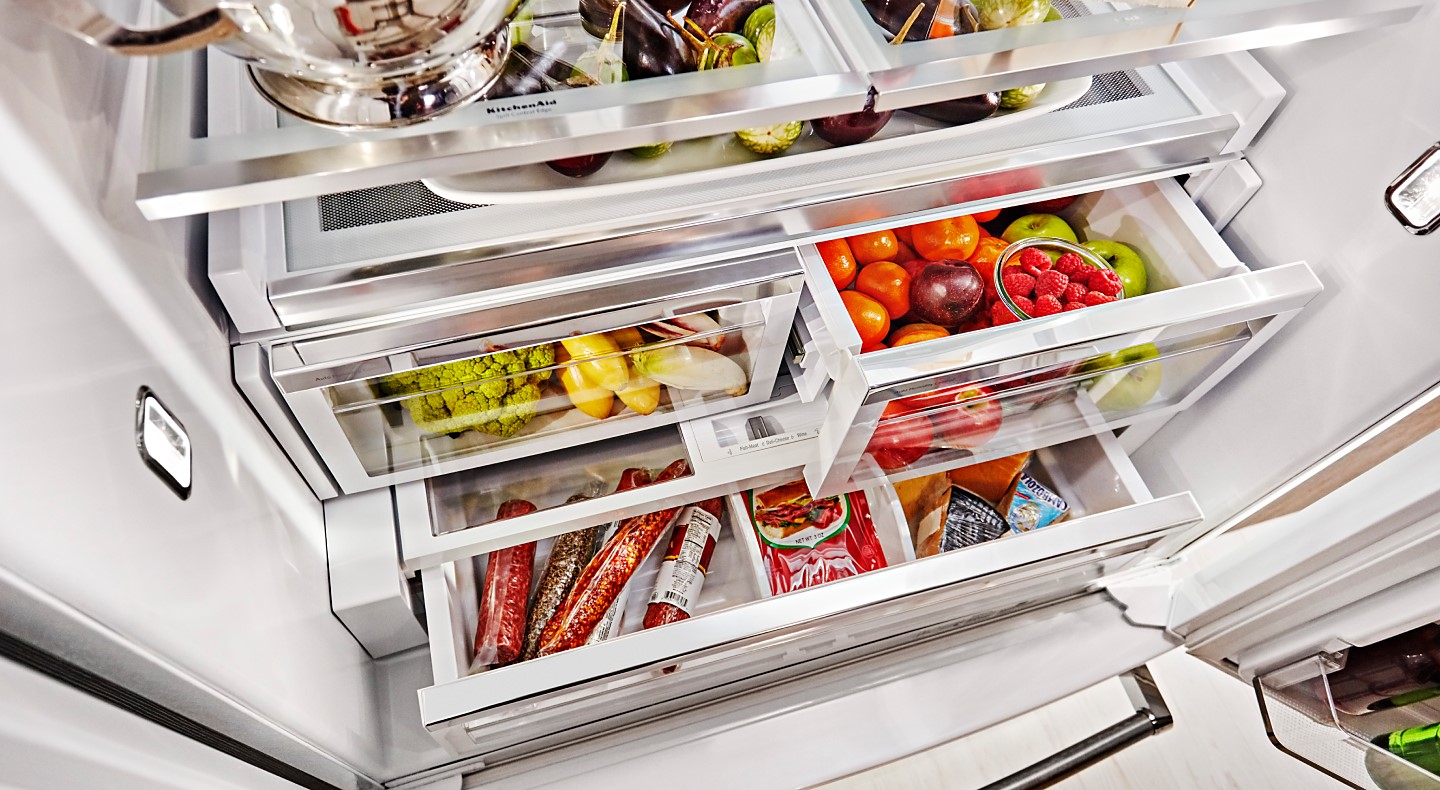

Articles
What Temperature Should The Inside Of A Refrigerator Be
Modified: March 20, 2024
Discover the ideal temperature for your refrigerator and keep your food fresh with our helpful articles.
(Many of the links in this article redirect to a specific reviewed product. Your purchase of these products through affiliate links helps to generate commission for Storables.com, at no extra cost. Learn more)
Introduction
Have you ever wondered what the ideal temperature should be inside your refrigerator? Most of us simply set our fridges to a standard temperature without giving it much thought. However, maintaining the right temperature in your refrigerator is crucial for food safety and preservation.
Refrigerators are designed to keep food fresh by slowing down the growth of bacteria and other microorganisms. To achieve this, the refrigerator needs to maintain a consistent and optimal temperature range. Understanding the factors that affect refrigerator temperature and knowing the recommended range can help you ensure that your appliance is functioning properly and your food is stored safely.
In this article, we will discuss the factors that affect refrigerator temperature, the recommended temperature range for a refrigerator, how to set the temperature in your refrigerator, tips for maintaining the right temperature, and common problems related to refrigerator temperature.
Key Takeaways:
- Maintain the recommended temperature range of 35°F to 38°F in your refrigerator to keep bacteria at bay, preserve food freshness, and ensure optimal food safety and quality.
- Factors like room temperature, door openings, and food storage affect refrigerator temperature. Follow maintenance tips and address common problems to keep your refrigerator functioning optimally.
Read more: What Temperature Should My Refrigerator Be
Factors Affecting Refrigerator Temperature
Several factors can influence the temperature inside your refrigerator. By understanding these factors, you can better control and maintain the desired temperature. Here are some key factors to consider:
- Room temperature: The ambient temperature of the room where your refrigerator is located can affect its performance. If the room temperature is very high, such as during hot summer months, it may require your refrigerator to work harder to maintain the desired temperature.
- Frequency of door openings: Every time you open the refrigerator door, warm air enters the unit and affects the internal temperature. Frequent door openings can cause the temperature to rise, forcing the refrigerator to work harder to cool back down. To minimize temperature fluctuations, try to limit the number of times you open the door unnecessarily.
- Placement of the refrigerator: The position of your refrigerator in the room can also impact its temperature. It is essential to place the refrigerator away from direct sunlight, heat sources such as ovens or dishwashers, and areas with poor airflow. This will prevent external factors from affecting the internal temperature.
- Food storage: The way you store food inside the refrigerator can also affect its temperature. Ensure that food items are not overcrowded, as this can restrict airflow and lead to uneven cooling. Additionally, it is crucial to allow hot cooked food to cool down before placing it in the refrigerator to prevent temperature fluctuations.
- Defrosting: If your refrigerator has a manual defrosting feature, it is essential to periodically defrost it. Ice buildup in the freezer can impede airflow and reduce the overall cooling efficiency, leading to higher temperatures in the refrigerator compartment.
By taking these factors into account, you can effectively manage and maintain the temperature inside your refrigerator, ensuring optimal performance and keeping your food fresh and safe.
Recommended Temperature Range for a Refrigerator
Maintaining the correct temperature range in your refrigerator is crucial to preserve food freshness and prevent the growth of bacteria and spoilage. The recommended temperature range for a refrigerator is between 35°F (1.7°C) and 38°F (3.3°C).
The FDA (Food and Drug Administration) and USDA (United States Department of Agriculture) recommend keeping the refrigerator temperature at or below 40°F (4°C). However, for optimal food preservation and safety, it is advisable to set the temperature slightly lower, between 35°F and 38°F.
At temperatures below 40°F, most bacteria and microorganisms become dormant, slowing down the spoilage process. Cold temperatures also help to maintain the nutritional value, texture, and flavor of the stored food.
It’s worth noting that the temperature can vary slightly in different areas of the refrigerator. The coldest area is usually the back of the fridge, while the door tends to be the warmest. It is important to store perishable foods, like dairy products and meats, in the colder sections of the refrigerator to ensure they stay fresh for longer.
To accurately monitor the temperature inside your refrigerator, consider using a refrigerator thermometer. These thermometers can be placed on a shelf or hung from a rack, giving you a precise reading of the temperature. Regularly check the thermometer to ensure that the temperature stays within the recommended range.
Remember, maintaining the proper temperature range in your refrigerator is essential for food safety. By setting the temperature between 35°F and 38°F, you can ensure that your food stays fresh, safe, and ready for consumption.
Setting the Temperature in a Refrigerator
Setting the appropriate temperature in your refrigerator is crucial to ensure food safety and preservation. Here are steps to follow when setting the temperature:
- Refer to the manufacturer’s guidelines: Start by checking the user manual or manufacturer’s instructions that came with your refrigerator. It often contains specific temperature recommendations for optimal performance and food storage.
- Adjust the temperature control: Most refrigerators have a temperature control knob or digital display located inside the unit. Use this control to adjust the temperature settings. Some models may have separate controls for the freezer and refrigerator compartments, while others may have a single control that regulates both compartments. Adjust the control to the desired temperature range.
- Give it time to stabilize: After you set the desired temperature, allow the refrigerator some time to stabilize and reach the new temperature. It may take a few hours for the temperature to adjust and stabilize, so be patient during this process.
- Check for temperature inconsistencies: Once the refrigerator has had time to stabilize, check the temperature in different areas of the unit using a refrigerator thermometer. If there are any inconsistencies, such as certain spots being colder or warmer than the desired range, you may need to rearrange food items or adjust the temperature control accordingly.
- Monitor the temperature regularly: It is important to regularly monitor the temperature inside your refrigerator to ensure it remains within the recommended range. Use a refrigerator thermometer to check the temperature at least once a week, and make adjustments if necessary.
Setting the right temperature in your refrigerator is a proactive step towards food safety. By following these steps and regularly monitoring the temperature, you can ensure that your refrigerator is functioning optimally and your food is stored at the appropriate temperature for maximum freshness and safety.
The inside of a refrigerator should be kept at a temperature of 35-38°F (1.6-3.3°C) to ensure that food stays fresh and safe to eat. Use a refrigerator thermometer to monitor and adjust the temperature as needed.
Tips for Maintaining the Right Temperature in a Refrigerator
Keeping your refrigerator at the correct temperature is essential for food safety and preservation. Here are some helpful tips to help you maintain the right temperature:
- Avoid overloading: Do not overcrowd your refrigerator. Overpacking the shelves can restrict airflow and prevent the cool air from circulating properly, leading to uneven cooling. Allow for adequate space between items to promote better temperature distribution.
- Close the door properly: Make sure the refrigerator door is closed tightly after each use. Check the door seals regularly to ensure they are clean and free from debris. A loose or damaged seal can cause air leakage, leading to temperature fluctuations.
- Minimize door opening: Limit the number of times you open the refrigerator door unnecessarily. Each time the door is opened, warm air enters the unit, causing the temperature to rise. Retrieve multiple items at once and avoid extended open-door periods to maintain a consistent temperature.
- Keep the refrigerator away from heat sources: Position your refrigerator away from direct sunlight, ovens, dishwashers, and other heat-generating appliances. Excessive heat can force the refrigerator to work harder to maintain the desired temperature.
- Regularly clean and defrost: Clean the interior of your refrigerator regularly to remove any spills or food debris. This helps to maintain proper airflow and prevents odors. If your refrigerator has a manual defrosting feature, follow the manufacturer’s instructions to defrost it regularly and remove any ice buildup that can affect cooling efficiency.
- Make use of temperature zones: Different areas of the refrigerator may have slightly different temperatures. Utilize these temperature zones accordingly. Keep perishable items like dairy products and meats in the colder parts of the refrigerator, such as the back or bottom shelves.
- Maintain proper ventilation: Ensure that the vents and air circulation areas inside the refrigerator are not blocked by items. Proper ventilation allows for efficient cooling and temperature regulation.
- Consider ambient room temperature: Keep in mind that a higher ambient room temperature can affect the refrigerator’s performance. If the room temperature is elevated, make sure to set the refrigerator temperature slightly lower to compensate.
By following these tips, you can help maintain the right temperature in your refrigerator, preserving the freshness and safety of your stored food items.
Common Problems Related to Refrigerator Temperature
Despite our best efforts, refrigerators can sometimes experience issues that affect their temperature and performance. Here are some common problems you may encounter:
- Inconsistent temperatures: If you notice significant temperature variations within your refrigerator, it could indicate a problem with the thermostat, temperature control mechanism, or airflow. This can lead to food spoilage and compromise food safety.
- Ice buildup: Excessive ice buildup in the freezer compartment can impede airflow and reduce cooling efficiency. This can result in higher temperatures in the refrigerator and freezer sections. Regularly defrosting your freezer and checking the door seals can help alleviate this problem.
- Frequent temperature fluctuations: Rapid temperature fluctuations may occur if the refrigerator is frequently opened or if the door seals are worn out or damaged. If you notice consistent fluctuations in temperature, it is best to have the door seals inspected and replaced if necessary.
- Faulty thermostat: A malfunctioning thermostat can result in inaccurate temperature readings and an inability to maintain the desired temperature range. If you suspect a faulty thermostat, it is advisable to contact a professional technician to diagnose and resolve the issue.
- Clogged condenser coils: The condenser coils, located at the back or underneath the refrigerator, may become clogged with dirt, dust, and debris over time. This can hinder the heat transfer process and cause the refrigerator to work harder to maintain the temperature. Regularly clean the condenser coils to optimize performance.
- Worn-out door seals: Damaged or worn-out door seals can allow warm air to enter the refrigerator, resulting in temperature fluctuations and compromised efficiency. Inspect the door seals regularly and replace them if they are cracked, torn, or no longer provide a tight seal.
- Faulty fans or motors: The fans and motors in a refrigerator play a vital role in circulating the cool air and maintaining proper temperature distribution. If these components malfunction, it can lead to uneven cooling and temperature imbalances.
If you encounter any of these problems or notice other unusual behavior in your refrigerator’s temperature, it is best to consult a professional technician who specializes in refrigerator repairs. They can diagnose the issue accurately and provide the necessary repairs to ensure your refrigerator performs optimally and maintains the right temperature.
Conclusion
Maintaining the right temperature in your refrigerator is essential for food safety, preservation, and optimal performance. By understanding the factors that affect refrigerator temperature, following the recommended temperature range, and implementing proper maintenance practices, you can ensure that your refrigerator keeps your food fresh and safe for consumption.
Factors such as room temperature, frequency of door openings, placement of the refrigerator, and proper food storage all contribute to maintaining the desired temperature. By being mindful of these factors, you can create an environment that supports efficient cooling and temperature regulation.
Setting the temperature in your refrigerator within the recommended range of 35°F to 38°F (1.7°C to 3.3°C) helps keep bacteria growth at bay and preserves the nutritional value, flavor, and texture of your food. Regularly monitoring the temperature using a refrigerator thermometer allows you to make necessary adjustments and ensure consistent cooling.
To maintain the right temperature, it is important to avoid overloading the refrigerator, close the door properly, keep it away from heat sources, and perform regular cleaning and defrosting. Proper ventilation, effective use of temperature zones, and considering ambient room temperature contribute to maintaining the ideal temperature range.
Common problems related to refrigerator temperature, such as inconsistent temperatures, ice buildup, frequent fluctuations, faulty thermostat, clogged condenser coils, and worn-out door seals, can be addressed by seeking professional assistance from refrigerator repair technicians.
By applying these guidelines and staying vigilant, you can ensure that your refrigerator maintains the right temperature, keeping your food fresh, safe, and ready to enjoy. So, take the necessary steps to create an optimal environment within your refrigerator, and reap the benefits of longer-lasting, healthier food.
Frequently Asked Questions about What Temperature Should The Inside Of A Refrigerator Be
Was this page helpful?
At Storables.com, we guarantee accurate and reliable information. Our content, validated by Expert Board Contributors, is crafted following stringent Editorial Policies. We're committed to providing you with well-researched, expert-backed insights for all your informational needs.
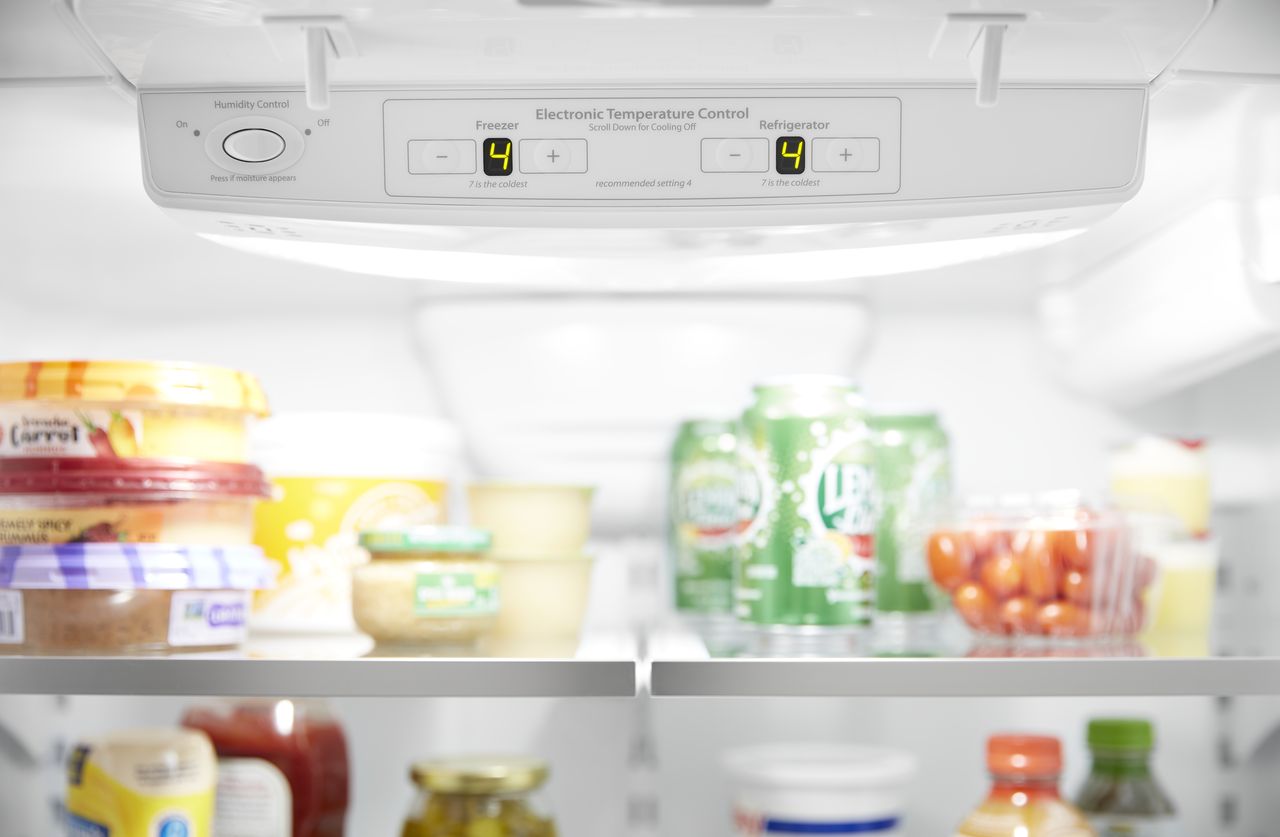
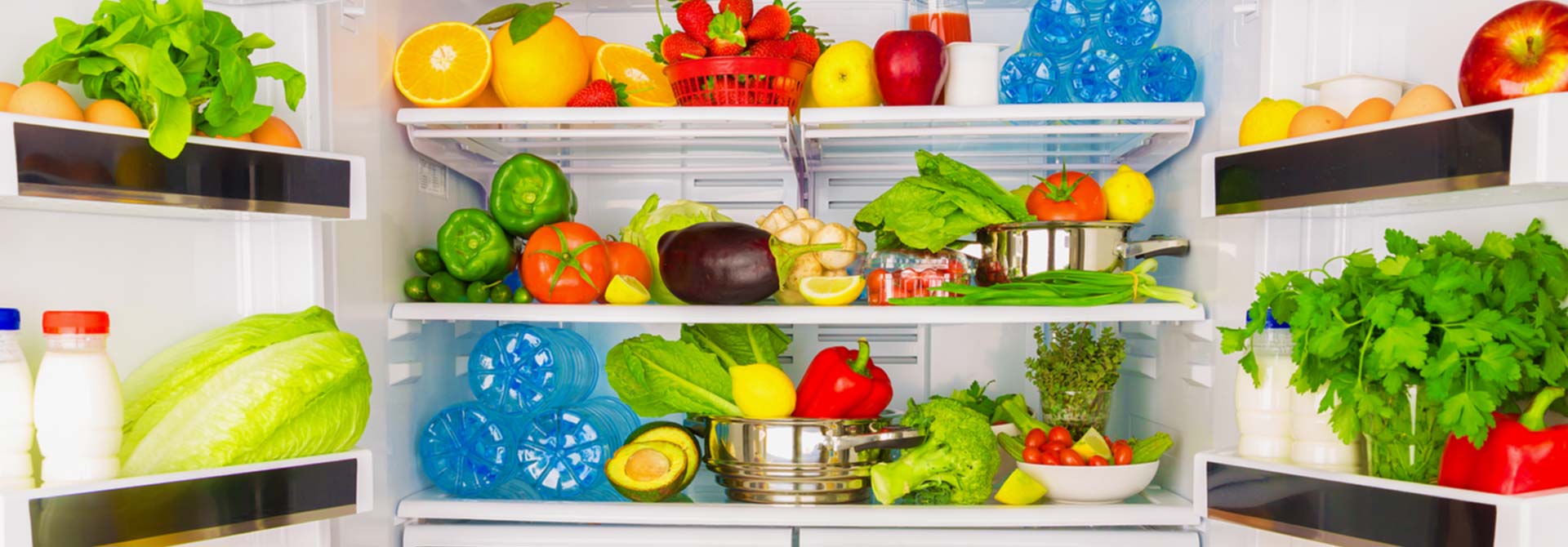
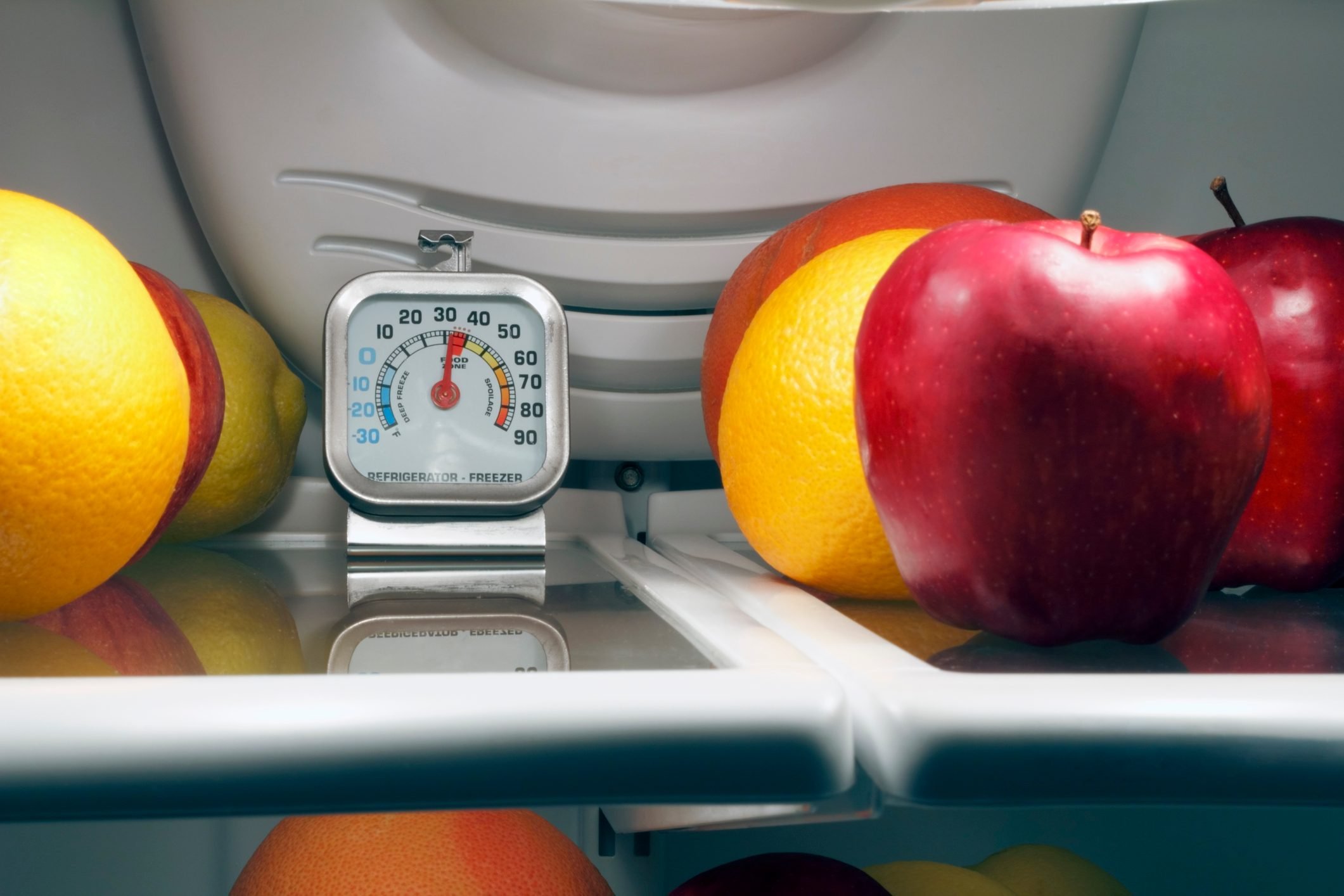
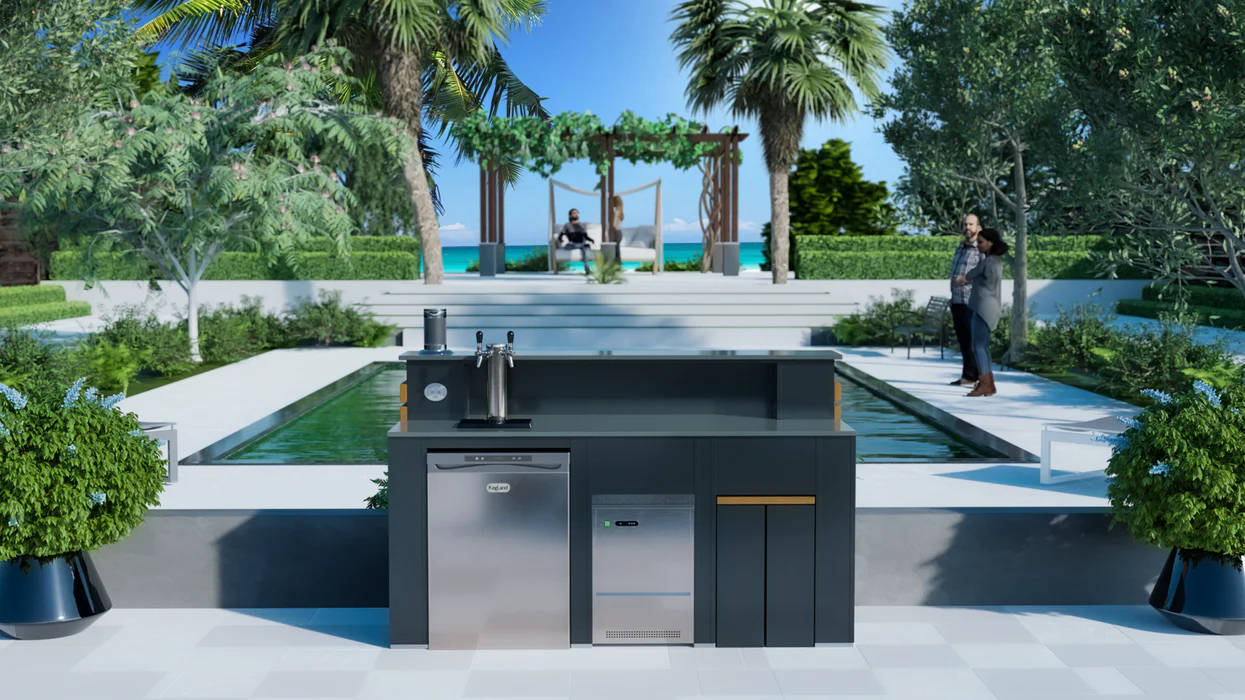
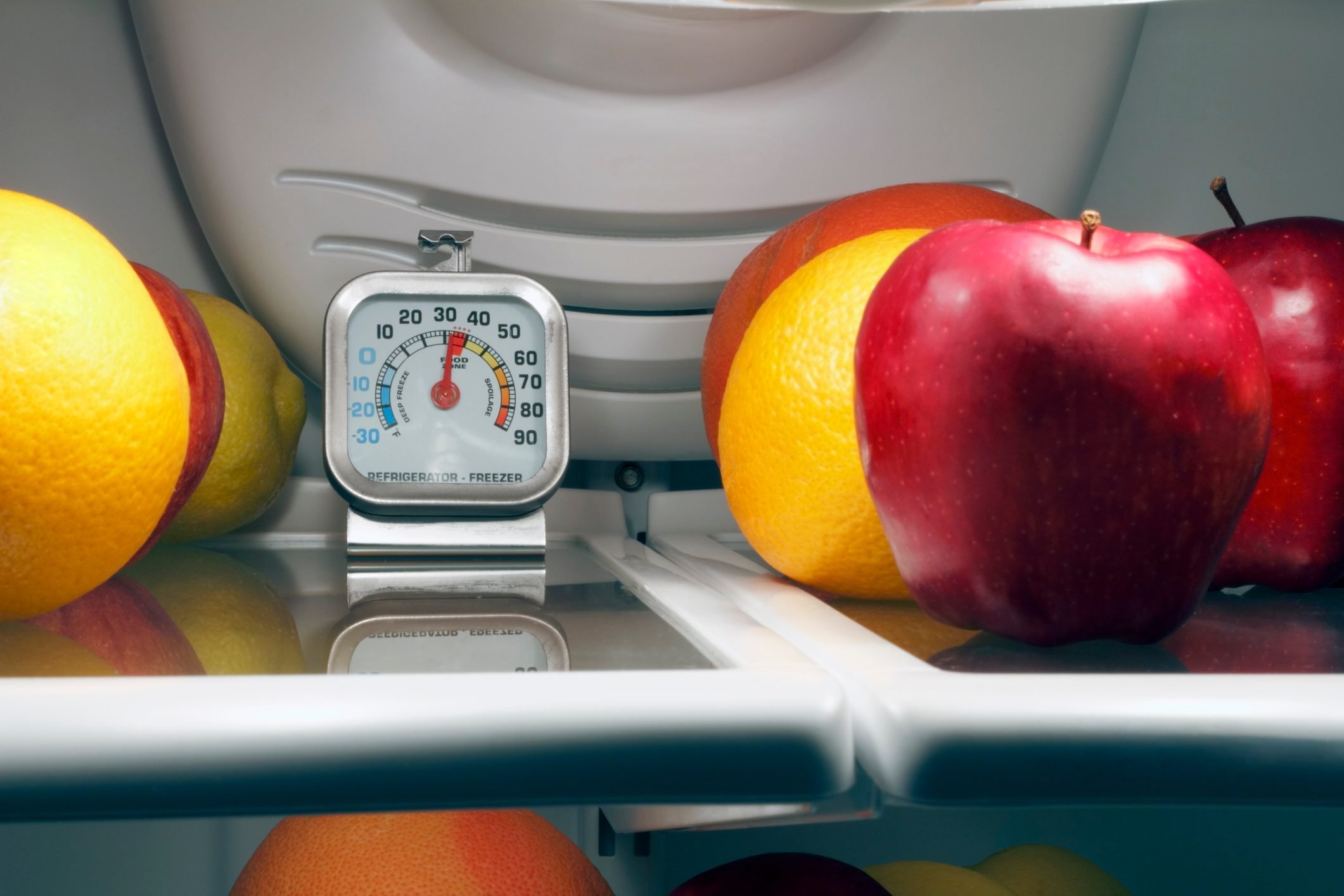
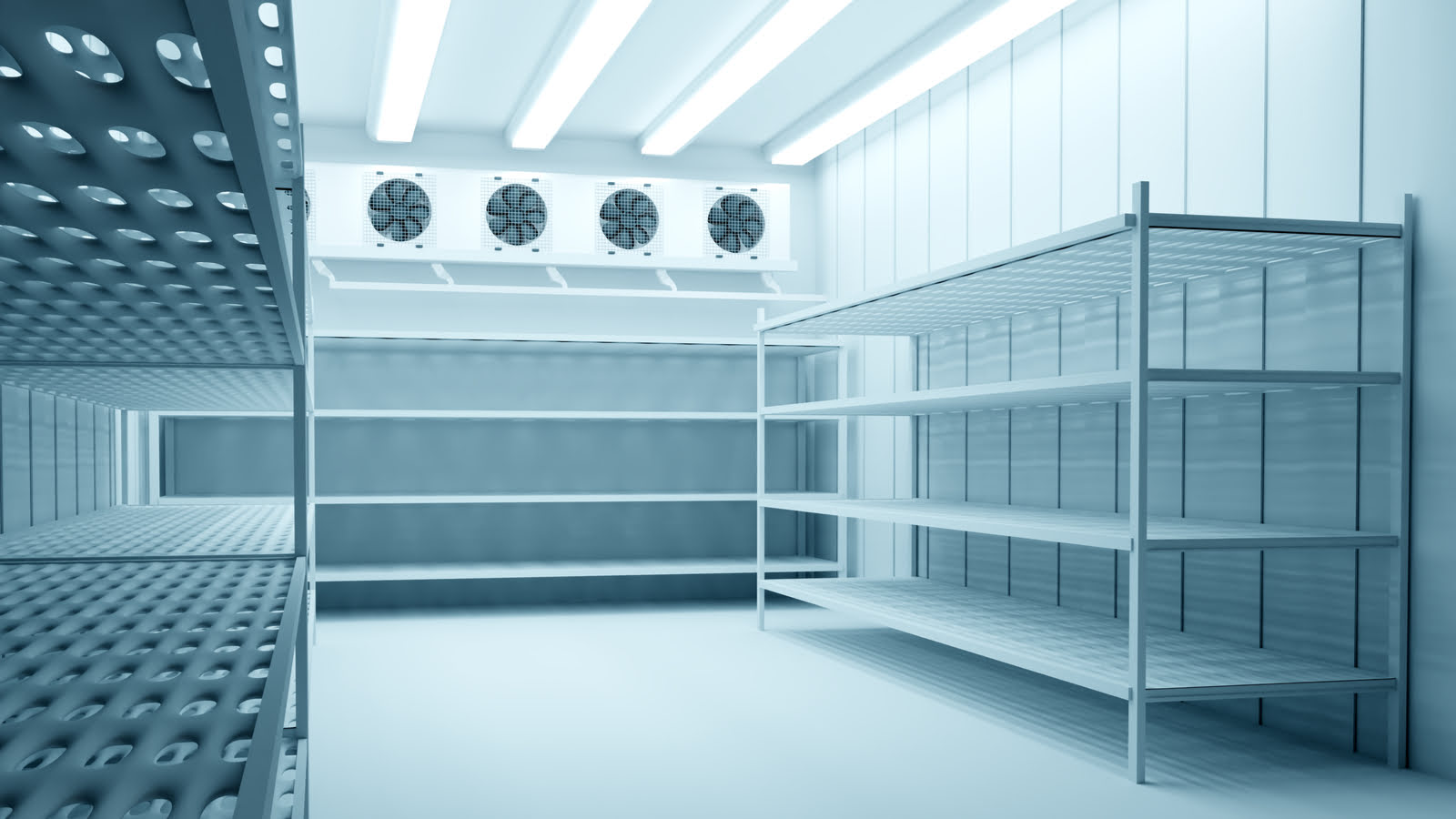
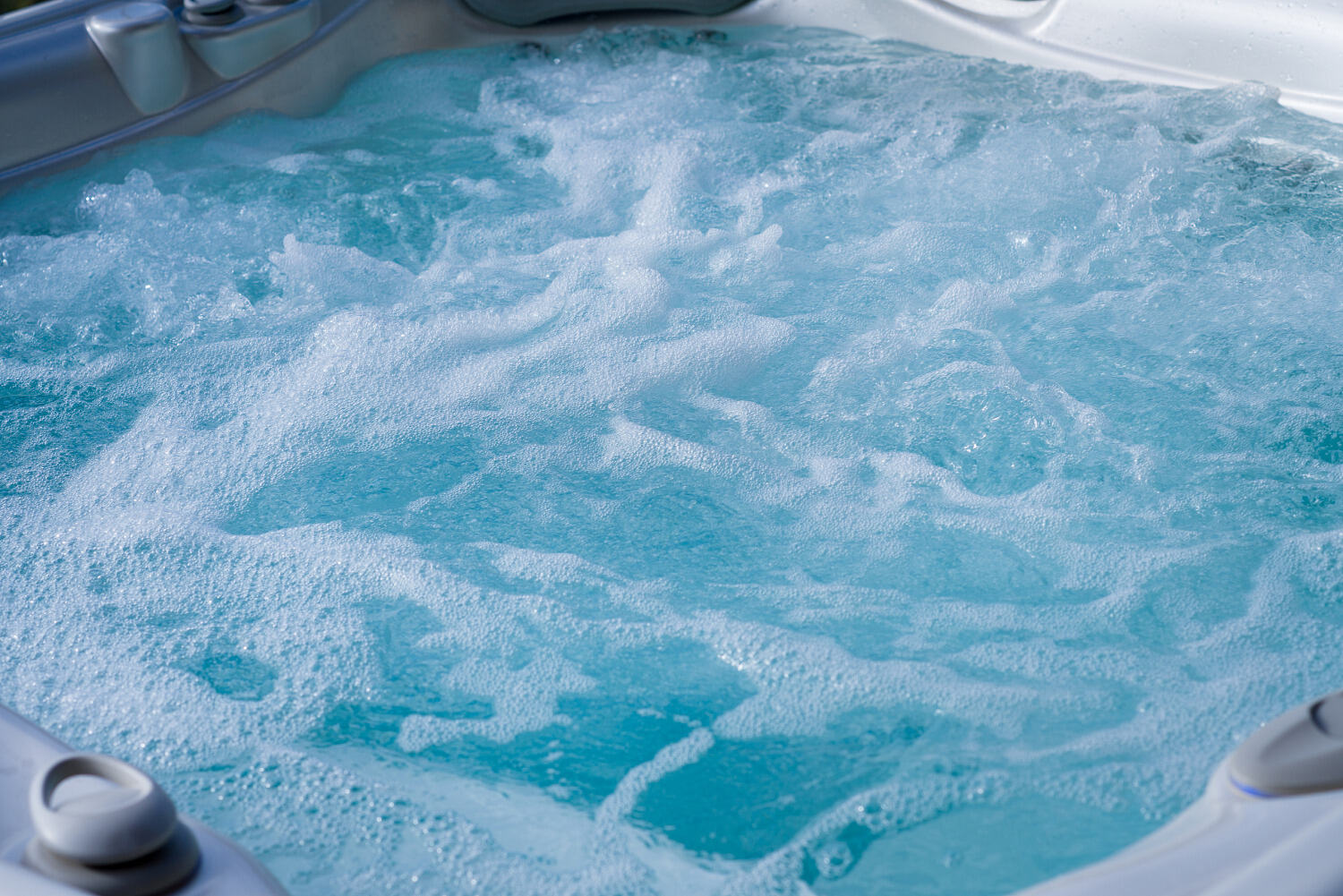
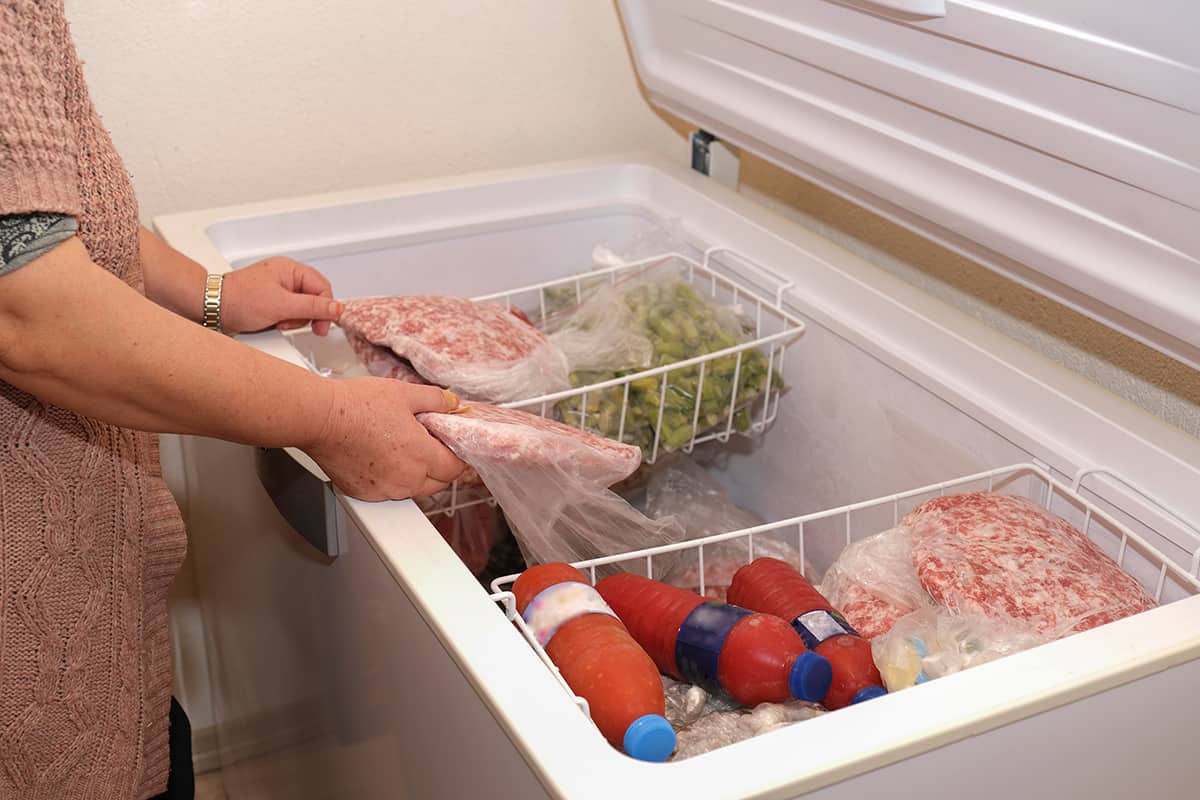
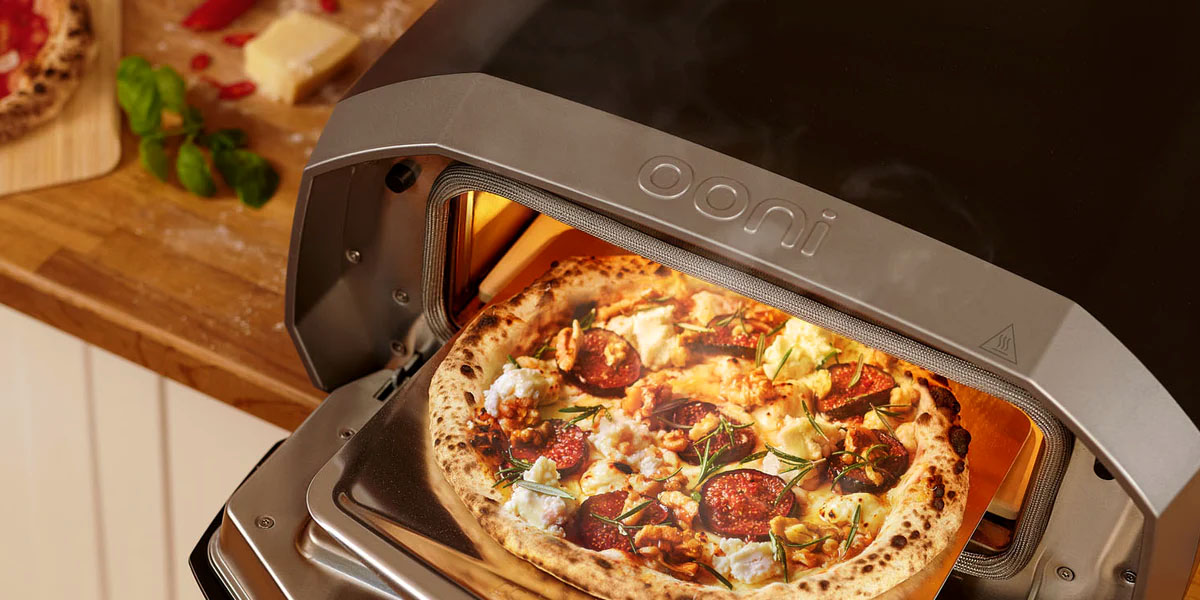


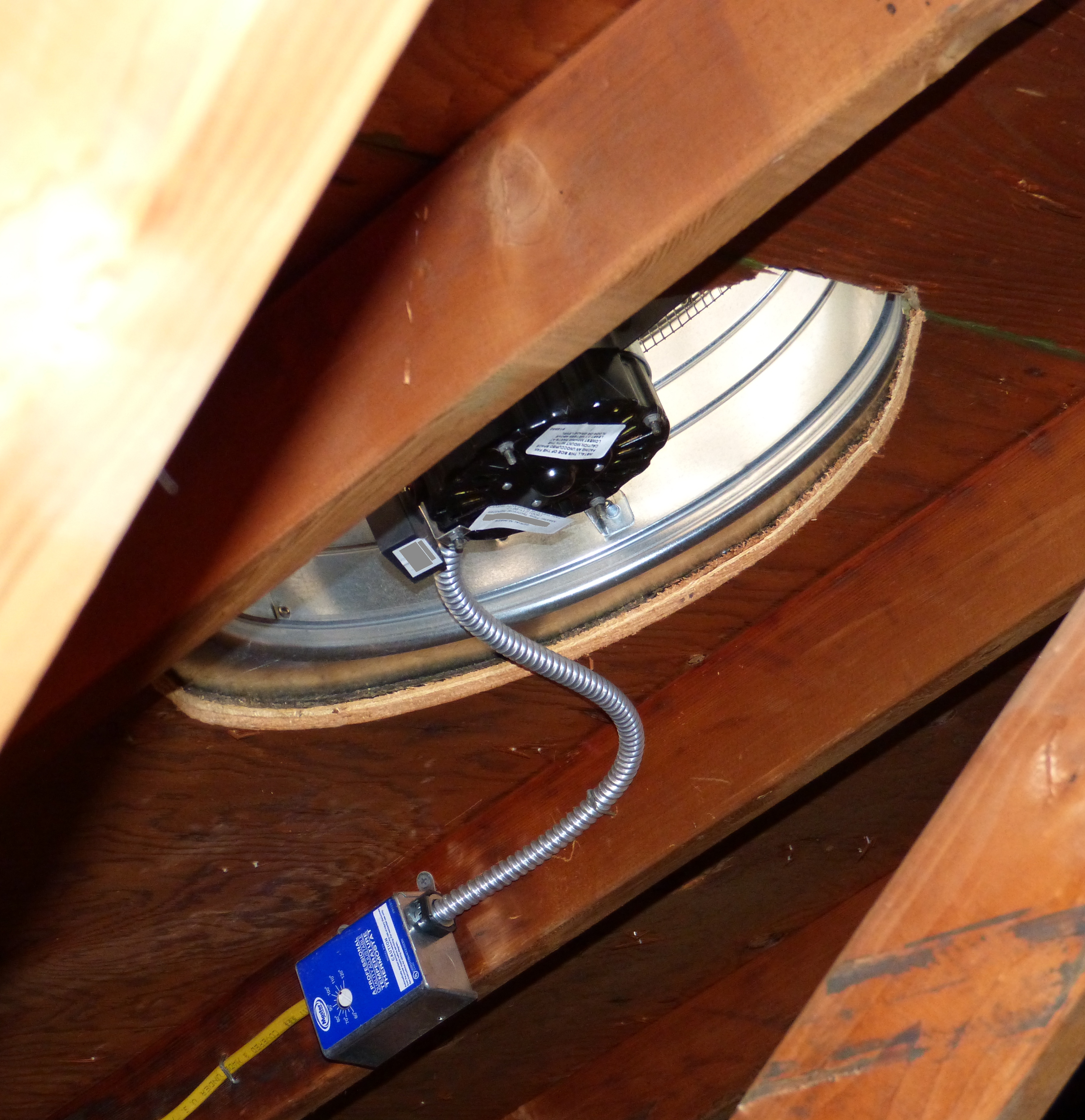
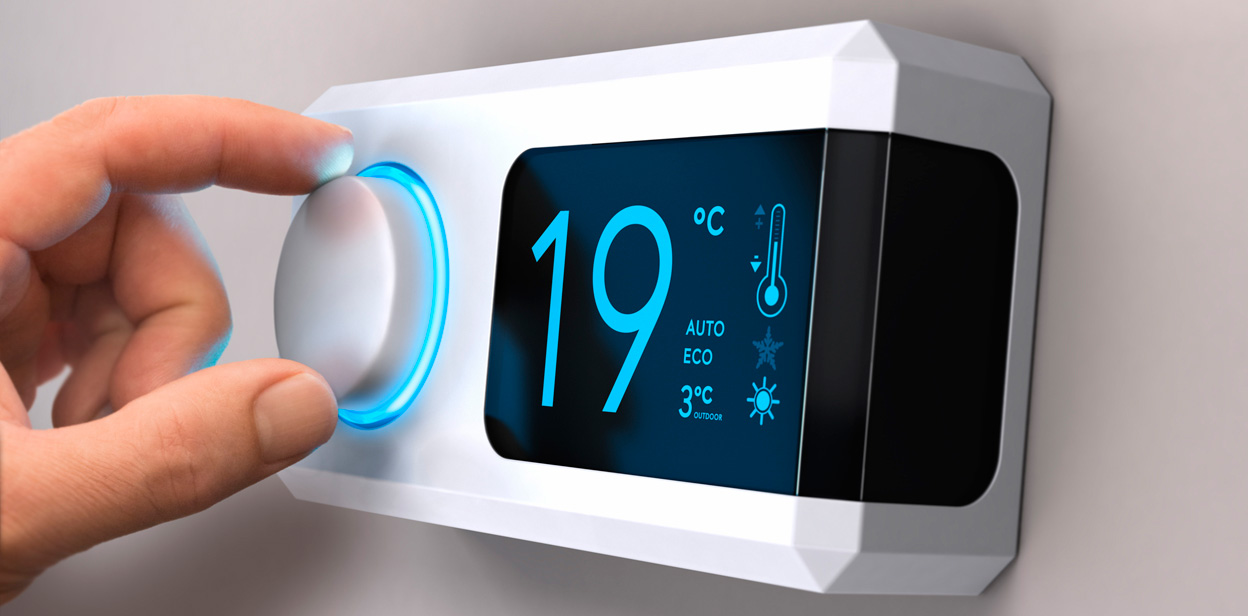
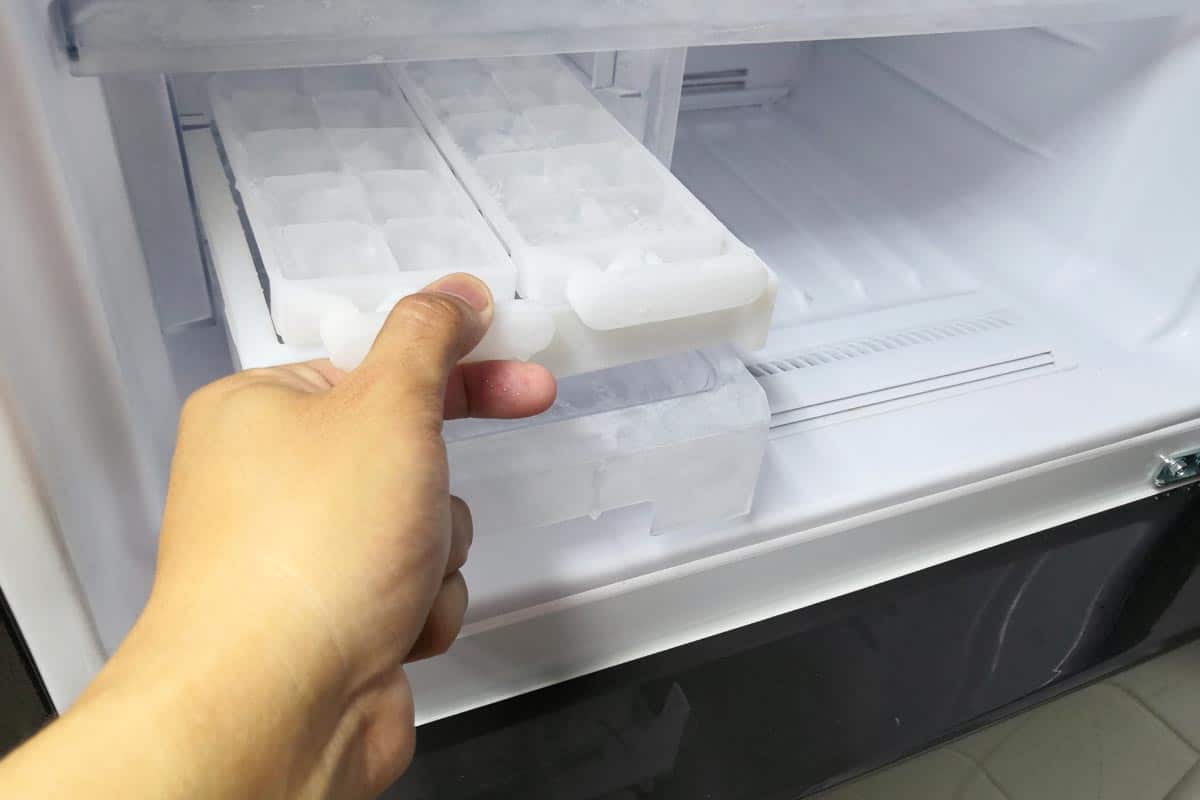

0 thoughts on “What Temperature Should The Inside Of A Refrigerator Be”